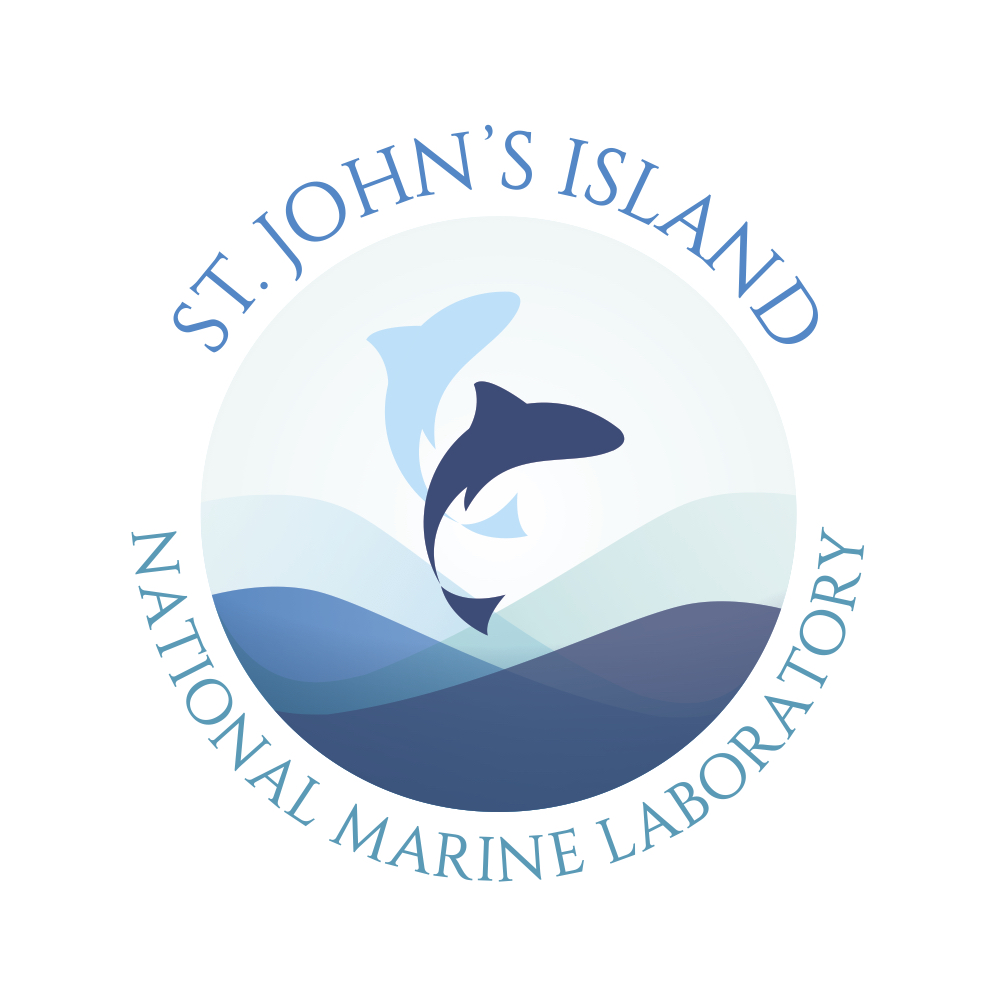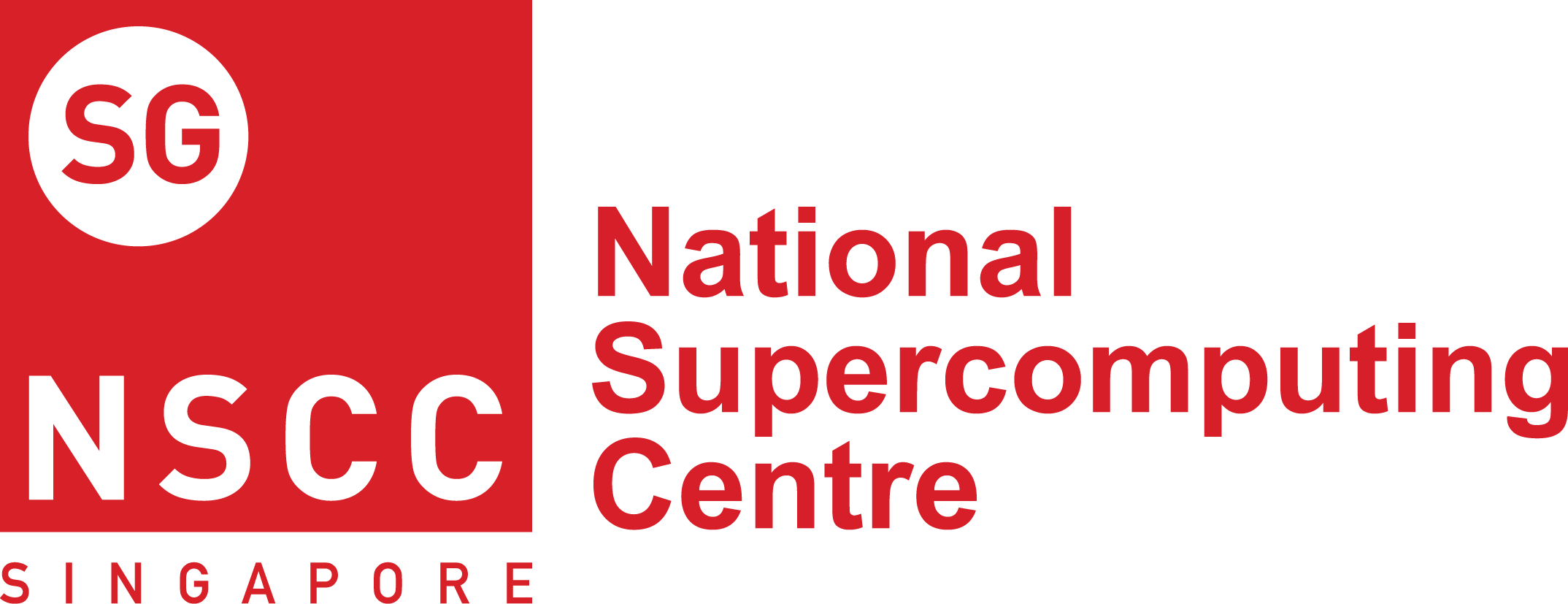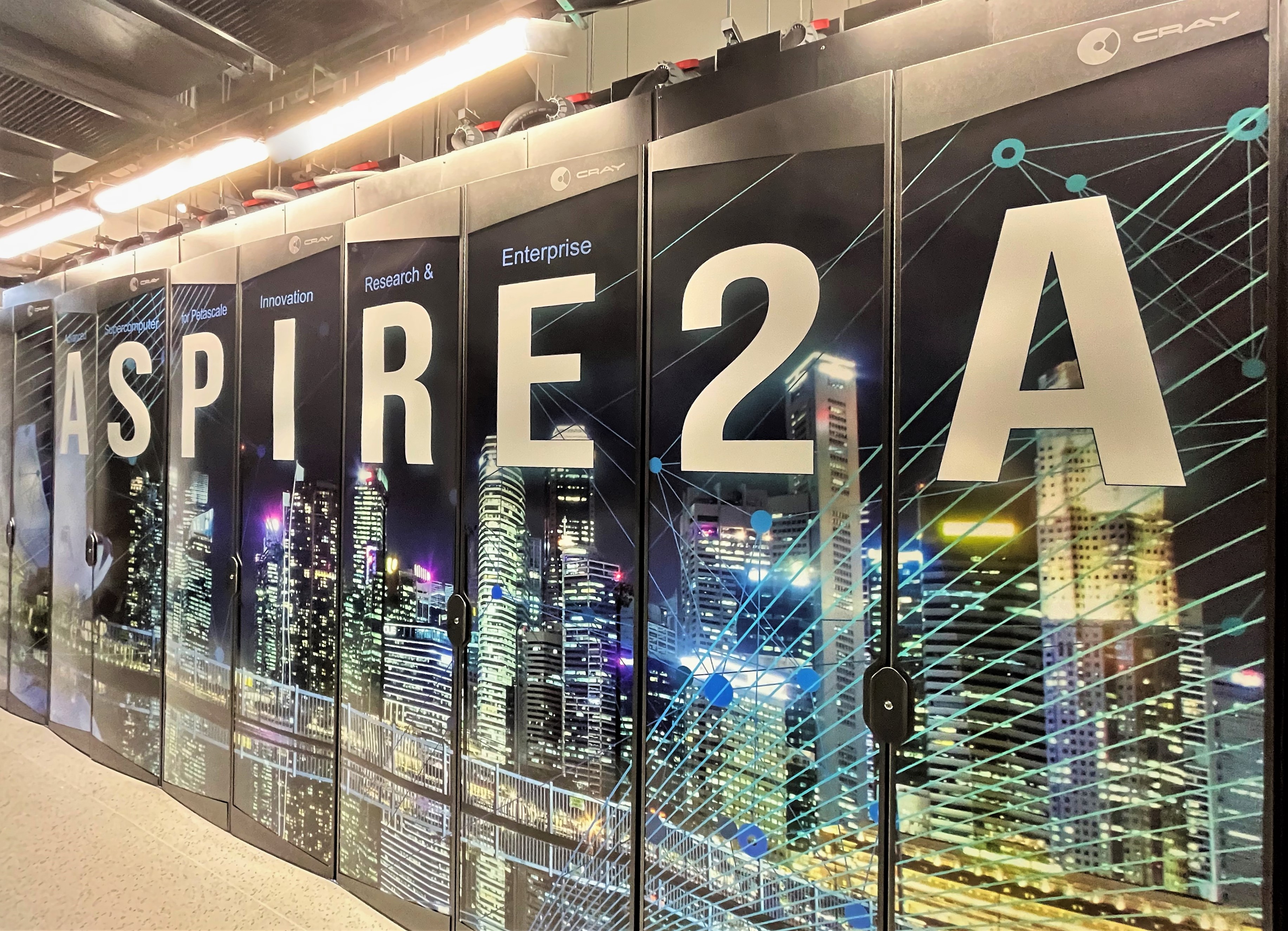National Research Infrastructure
National Research Infrastructure
 Singapore requires a wide range of research infrastructure to underpin its development of Research & Development (R&D) capabilities. To coordinate and maximise value from our research infrastructure investments, the National Research Foundation (NRF) introduced the National Research Infrastructure (NRI) framework in April 2015 to guide the development of selected research facilities that are to be operated as a national resource, open to all researchers in Singapore.
Singapore requires a wide range of research infrastructure to underpin its development of Research & Development (R&D) capabilities. To coordinate and maximise value from our research infrastructure investments, the National Research Foundation (NRF) introduced the National Research Infrastructure (NRI) framework in April 2015 to guide the development of selected research facilities that are to be operated as a national resource, open to all researchers in Singapore.
The NRI framework enables continued investment in infrastructure upgrades, so that we can continue to drive leading research and technology development in a cost-effective way. It ensures that researchers in Singapore have ready access to critical research infrastructure and services to conduct cutting-edge research, which in turn nurtures and sustains the R&D capabilities in Singapore.
A potential NRI is identified based on its strategic value, cost, scale and/or potential user base. The term for each NRI award is to up to five years. Funding from NRF may be directed toward the acquisition and upgrading costs of an NRI facility, and a partial subsidy of its running costs in terms of manpower, maintenance, equipment replacement and operational expenses.
Funding support under the NRI framework is open to both new and existing facilities. NRF will continue to work with stakeholders in our research ecosystem to identify suitable facilities to be designated as NRIs over the course of the Research, Innovation and Enterprise plans.
Key Principles for NRI
The key principles that guide the definition and operation of NRIs are:
-
Open Access: NRIs, which has a host institution, must be made available to all research entities, public and private, in Singapore. The facility, including use of all equipment and technical support, should be made available for external entities to access and use on an equitable basis. The funding of NRIs is predicated on opening access to a larger user base and making the provision of research infrastructure services more cost-effective.
-
Collaborative Platform: NRIs must serve as a platform for collaborative and inter-disciplinary research among local and international, and public and private researchers. This encourages synergies from interdisciplinary and collaborative research, which can drive the development of novel approaches and new technologies.
-
Charging Model: Users of NRIs are charged depending on the degree of use and type of services required. For non-proprietary research, the users are expected to publish research results in open literature, and charging rates can be lower to account for knowledge spillover. For proprietary research where results are not made public, the charging rate could be higher. The charges are used to cover operating costs of NRIs.
St. John’s Island National Marine Laboratory

The St. John’s Island National Marine Laboratory (SJINML), operated by the National University of Singapore (NUS), is Singapore’s only offshore marine research facility. The laboratory’s close proximity to coral reefs and biodiversity around the Southern Islands allows marine scientists to conduct a wide range of in-depth research. Based on considerations of its strategic research value and potential user base, SJINML was designated an NRI in March 2016. NUS, as the host institution, will operate the SJINML NRI.
SJINML will serve as a national resource and focal point for marine science expertise, supporting marine research that meets our strategic national needs for the future. As an NRI, it aims to:
-
Enhance the quality of national marine science research by facilitating multi-disciplinary research interactions through provisions of quality access to research expertise, facilities and specialist training support;
-
Conduct research that supports national agencies for projects with strategic significance;
-
Increase high-impact research outputs in sustainability research;
-
Catalyse collaborations that enhance strategic national and international research programs; and
-
Implement manpower training programs to support future national needs in marine science.
In addition to subsidising its operation costs, NRF will support the upgrading of SJINML at a cost of $9.5 million over three years, to facilitate the shared use of the offshore facility. The upgrading involves:
-
Restructuring labs and aquaria: Renovation and upgrading works will be carried out to increase lab and aquaria capacity to accommodate more users and facilitate the sharing of space among institutions. Planned works include dedicated aquaria for specific controlled environment experiments, additional laboratory bench space, modular tanks and water tables.
-
Purchase of core equipment: New core equipment will enhance existing capabilities and add new capabilities to support developments in marine science research. These include equipment to support new molecular approaches in biodiversity research and more tools for study of plankton and sediments in the marine environment.
For more information, please click here.
National Supercomputing Centre (NSCC) Singapore

NSCC Singapore was established in 2015 and manages Singapore’s first national petascale facility with available high performance computing (HPC) resources. As a National Research Infrastructure funded by the National Research Foundation (NRF), the HPC resources that we provide helps support the research needs of the public and private sectors, including research institutes, institutes of higher learning, government agencies and companies.
With the support of our stakeholders, the Agency for Science Technology and Research (A*STAR), Nanyang Technological University (NTU), National University of Singapore (NUS), Singapore University of Technology and Design (SUTD), National Environment Agency (NEA), Technology Centre for Offshore and Marine, Singapore (TCOMS), Singapore-ETH Centre (SEC) and Precision Health Research, Singapore (PRECISE), NSCC catalyses national research and development initiatives, attracts industrial research collaborations and enhances Singapore’s research capabilities.

NSCC has been tasked to leverage HPC to advance Singapore’s strategic interests, boost national initiatives and facilitate industry transformation using HPC in areas like visualisation, modelling, simulation, big data analytics and artificial intelligence. As a national strategic technological platform, NSCC has the mandate to enhance industry competence, capacity and competitive advantage in the use of HPC in all relevant fields such as computational science, analytics, engineering, advanced manufacturing, genomics, biomedicine and healthcare, among many others. NSCC is thus keen to work with domain experts and coordinators in various Research & Development fields to achieve its aims. NSCC is committed to helping educational institutions train future generations of HPC-enabled workforce to help Singapore maintain its competitiveness.
For more information, please click here.

